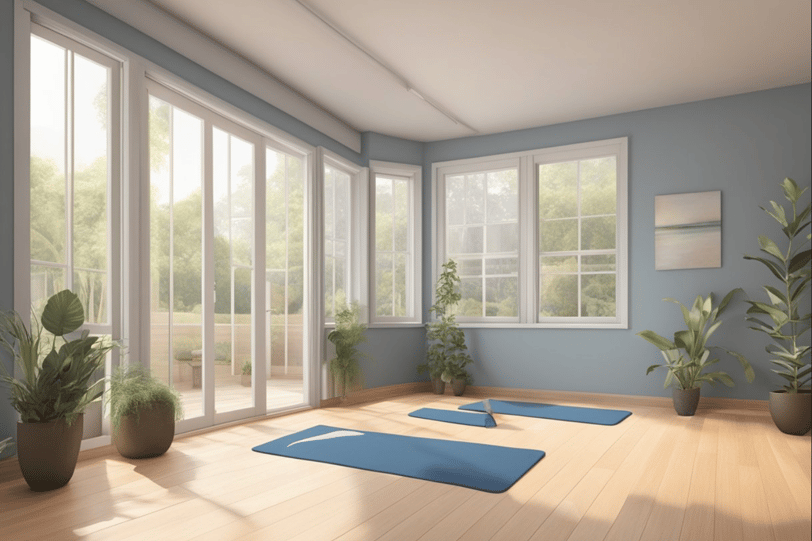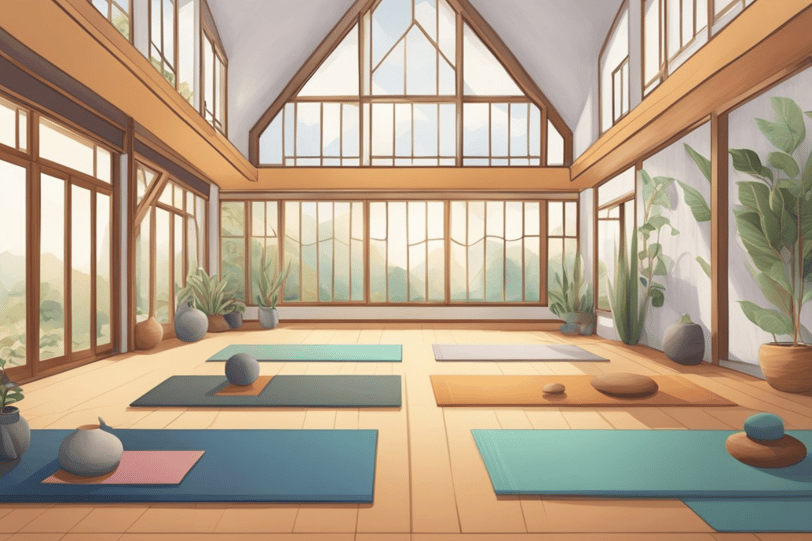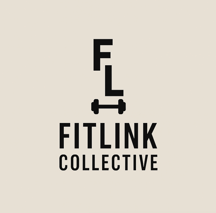
The Beginner’s Guide to Yoga Styles: Hatha, Vinyasa, Yin, and Hot Yoga Explained
New to yoga and wondering which class to choose? This beginner's guide breaks down the key differences between Hatha, Vinyasa, Yin, and Hot Yoga helping you pick the right style based on your fitness goals, flexibility needs, and wellness journey. Learn what to expect from each type of class, whether you're looking to boost strength, find relaxation, or sweat it out. Perfect for first-time yogis exploring studio schedules.
4 min read
The Beginner's Guide to Yoga Styles: Hatha, Vinyasa, Yin, and Hot Yoga Explained - Finding Your Perfect Practice
Yoga offers a path to health and mindfulness for millions worldwide, but navigating the various styles can confuse beginners. From the gentle breathing-focused practice of Hatha to the athletic flow of Vinyasa, each style serves different needs and goals.
Each yoga style provides distinct benefits: Hatha builds foundations, Vinyasa improves cardiovascular health, Yin increases flexibility, and Hot Yoga enhances detoxification. Understanding these differences helps new practitioners choose a practice aligned with their fitness level, preferences, and wellness objectives.
These four popular yoga styles represent just the beginning of a rich tradition spanning thousands of years. While they share common elements like mindfulness and controlled breathing, their unique approaches create vastly different experiences for practitioners.
Understanding Major Yoga Styles
Yoga encompasses several distinct styles, each offering unique benefits and approaches to practice. These styles vary in pace, intensity, focus, and room temperature while maintaining the essential connection between breath and movement.
Overview of Hatha Yoga
Hatha yoga serves as the foundation for most Western yoga practices. This gentle approach emphasizes holding postures (asanas) for several breaths while maintaining proper alignment. Hatha classes typically move at a slower pace, making them ideal for beginners.
In traditional yoga philosophy, "ha" represents sun energy while "tha" represents moon energy, symbolizing the balance of opposites. A typical Hatha class includes basic poses like Downward Dog, Warrior I, and Tree Pose.
Benefits include improved flexibility, strength, and stress reduction. Classes usually last 60-90 minutes and incorporate breathing exercises (pranayama) and sometimes meditation. For newcomers to yoga, Hatha provides an accessible entry point to understand fundamental postures before exploring more specialized styles.
Vinyasa Yoga: Flow and Breath
Vinyasa yoga emphasizes continuous movement synchronized with breath. Unlike Hatha, poses flow together in sequences rather than being held individually. The term "vinyasa" literally means "to place in a special way."
Each movement connects to either an inhale or exhale, creating a rhythmic, dance-like quality. Sun Salutations form the backbone of most Vinyasa practices, linking fundamental poses in flowing sequences.
Classes vary widely in intensity—from gentle to vigorous—making Vinyasa adaptable for different experience levels. Practitioners develop cardiovascular endurance alongside strength and flexibility.
Key benefits include:
Improved circulation and heart health
Enhanced mind-body connection
Greater physical stamina and mental focus
Reduced stress through moving meditation
Vinyasa's fluid nature encourages creativity, with instructors often developing unique sequences rather than following fixed patterns.
Yin Yoga: Deep Stretching and Relaxation
Yin yoga offers a counterbalance to more active practices by targeting connective tissues rather than muscles. Poses are held for extended periods—typically 3-5 minutes—allowing for deep release in the body's fascia, ligaments, and joints.
This meditative practice works primarily on the lower body, focusing on areas rich in connective tissue like hips, pelvis, and lower spine. Props like blocks, bolsters, and blankets support the body during long holds.
Yin poses often have different names than their active counterparts. For example, "Butterfly" in Yin resembles "Bound Angle Pose" in other styles.
Benefits extend beyond physical flexibility to include:
Reduced stress and anxiety
Improved joint mobility
Enhanced circulation in dense tissues
Balanced nervous system function
Contrary to dynamic practices, Yin emphasizes surrender rather than effort. Students are encouraged to find their edge without straining, making it accessible to practitioners of all ages and abilities.
Hot Yoga: Practicing in Heated Spaces
Hot yoga takes place in rooms heated to 95-105°F (35-40°C) with humidity levels between 40-60%. These conditions aim to warm muscles for deeper stretching while promoting detoxification through sweating.
Bikram yoga, the original hot yoga style, features a set sequence of 26 poses practiced in 105°F heat. Today, many studios offer various heated classes beyond the Bikram sequence, including hot vinyasa and heated power yoga.
The intense environment creates unique benefits:
Increased flexibility as warm muscles stretch more easily
Enhanced detoxification through profuse sweating
Improved cardiovascular function
Mental discipline through challenging conditions
Safety considerations are crucial: practitioners should hydrate well before, during, and after class. Those with cardiovascular issues, heat sensitivity, or certain medical conditions should consult physicians before attempting hot yoga. First-timers should pace themselves, taking breaks when needed rather than pushing through dizziness or nausea. The heat intensifies the experience, making proper alignment even more important to prevent injury.
Choosing the Right Yoga Style for Beginners
Finding the right yoga style is crucial for beginners to ensure enjoyment, safety, and long-term commitment to their practice. The style you choose should align with your fitness goals, accommodate any physical limitations, and create a positive first experience.
Assessing Your Personal Fitness Goals
Different yoga styles serve different purposes, making it important to align your choice with specific goals. If stress reduction is your primary aim, Hatha or Yin yoga offers gentle movements and longer-held poses that promote relaxation and mindfulness.
For those seeking improved flexibility, Yin yoga specifically targets connective tissues with its extended holds. The slow pace allows beginners to focus on proper alignment and gradually increase range of motion.
Practitioners looking for strength building and cardio benefits might prefer Vinyasa or Power yoga. These styles involve continuous movement between poses, elevating heart rate and engaging multiple muscle groups simultaneously.
Weight management goals are well-served by more dynamic practices like Hot yoga or Power yoga, which increase metabolism through their intensity and elevated room temperatures.
Considering Physical Limitations and Safety
Joint issues require special consideration when selecting a yoga style. Individuals with knee or hip concerns should approach Hot yoga cautiously, as the heat may exacerbate inflammation in sensitive joints.
Recommended styles for common limitations:
Back problems: Gentle Hatha or modified Yin
Limited mobility: Chair yoga or Restorative yoga
Balance concerns: Any style with wall space or props available
Pregnancy: Prenatal yoga or modified Hatha (with instructor guidance)
Beginners should always inform instructors about existing conditions before class. Qualified teachers can suggest modifications that make poses accessible and safe. Props like blocks, straps, and bolsters are especially helpful for newcomers. These tools support proper alignment and prevent strain, making them valuable assets in any practice.
Preparing for Your First Class
Appropriate attire enhances comfort during practice. Choose breathable, stretchy clothing that allows free movement without constant adjustment. For Hot yoga, moisture-wicking fabrics are essential.
Basic essentials to bring:
Yoga mat (many studios offer rentals)
Small towel (especially for hot classes)
Any necessary props (if not provided)
Arriving 10-15 minutes early allows time to settle in, complete any required paperwork, and discuss concerns with the instructor. This buffer period also provides an opportunity to acclimate to the studio environment.
Setting realistic expectations helps prevent discouragement. Remember that yoga is a practice, not a performance. Progress comes gradually, and comparing oneself to experienced practitioners only creates unnecessary pressure.




